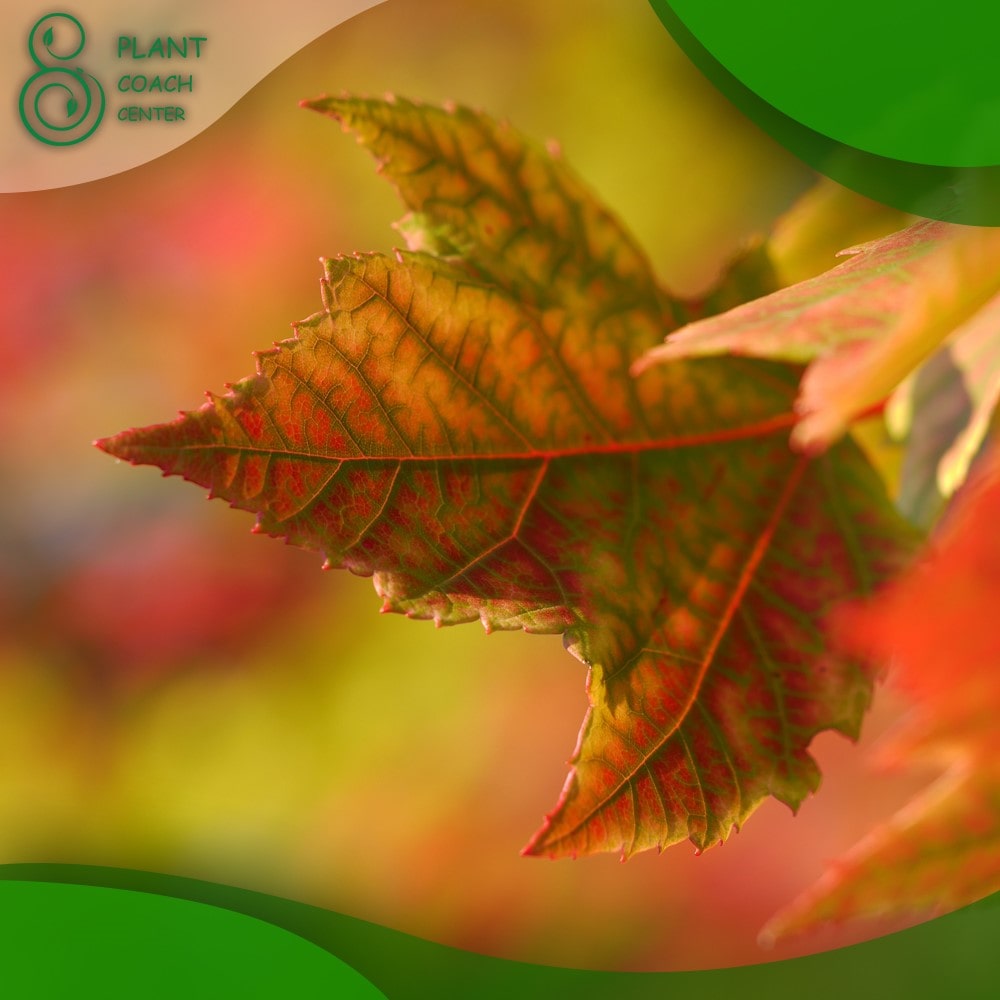When to Plant in the Fall
Understanding Fall Planting
The Science behind Fall Planting
Fall planting is more than just a coincidence; it is rooted in the science of plant physiology and the unique conditions that autumn offers. As temperatures cool down, plants experience less stress, allowing them to establish strong root systems before winter arrives. This gives them a head start when spring returns, leading to robust growth and higher yields.
Climate Considerations
The success of fall planting depends on understanding your local climate and its impact on plant growth. Factors such as average temperatures, frost dates, and hardiness zones play a crucial role in determining the appropriate planting window. By familiarizing yourself with these climate considerations, you can make informed decisions about plant selection and timing.
Frost Dates and Hardiness Zones
Frost dates serve as a key reference point for fall planting. They indicate the first and last expected frosts in your region and help determine when to start and finish planting. Hardiness zones further refine this information, providing insight into the types of plants that thrive in your specific geographic area. By aligning your planting schedule with frost dates and hardiness zones, you can optimize the chances of success.
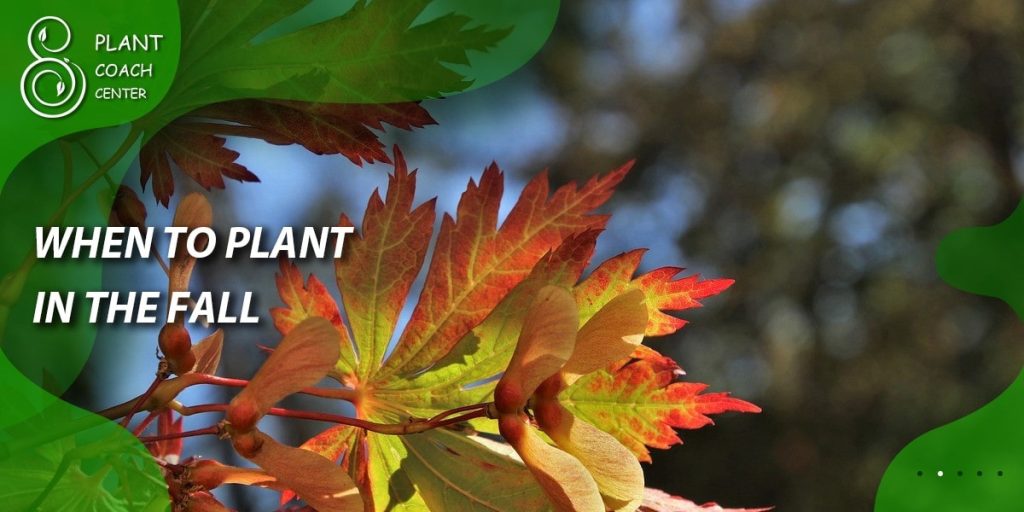
Preparing for Fall Planting
- Assessing Your Garden
Before embarking on your fall planting journey, take the time to assess the current state of your garden. By evaluating soil health, clearing garden beds, and addressing any existing issues, you create an ideal foundation for new plantings.
– Evaluating Soil Health:
– Conduct a soil test to determine pH levels and nutrient deficiencies.
– Amend the soil with organic matter, such as compost or well-rotted manure, to improve its structure and fertility.
– Remove any weeds or debris that may hinder plant growth.
– Clearing and Preparing Garden Beds:
– Remove spent summer crops, including their roots, to minimize the risk of diseases and pests overwintering.
– Loosen the soil in the designated planting area, ensuring proper aeration and drainage.
– Incorporate any necessary amendments based on the soil test results.
- Plant Selection
Choosing the right plants for fall planting is crucial for a successful harvest. Understanding the distinction between cool-season and warm-season crops, as well as selecting suitable varieties, will enable you to make informed decisions.
– Choosing Suitable Fall Crops:
– Cool-season crops thrive in the cooler temperatures of fall and include leafy greens, root vegetables, brassicas, alliums, and herbs.
– Warm-season crops, which require higher temperatures, are generally not suitable for fall planting but can be grown in early fall in regions with extended growing seasons.
– Understanding Cool-Season vs. Warm-Season Plants:
– Cool-season plants tolerate frost and exhibit optimal growth at temperatures between 55-75°F (13-24°C).
– Warm-season plants thrive in temperatures above 60°F (15°C) and are more sensitive to frost.
– Recommended Varieties for Fall Planting:
– Research and select specific varieties that are known to perform well in your region during the fall season.
– Consider disease-resistant varieties to minimize potential issues.
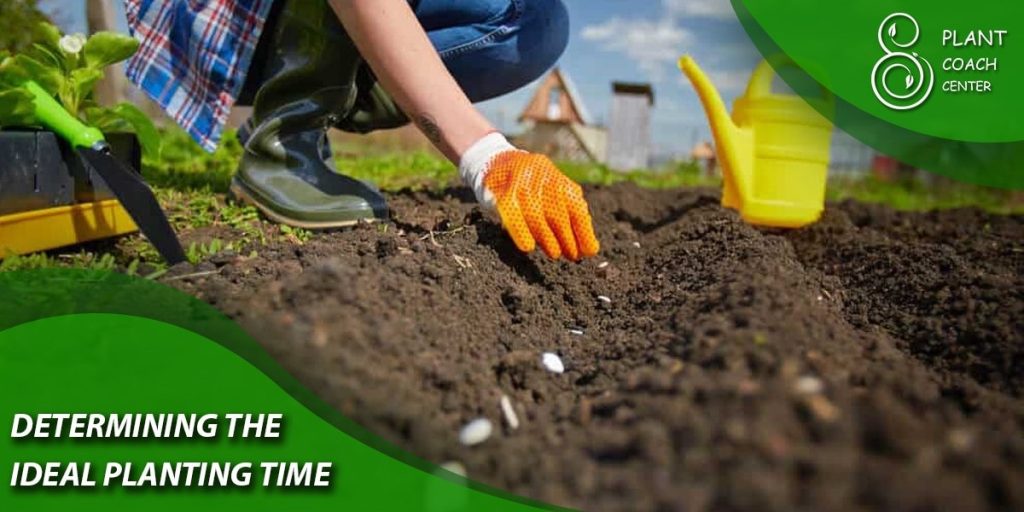
Determining the Ideal Planting Time
Determining the ideal planting time in the fall requires careful consideration of various factors. By understanding the influences of frost dates, microclimates, and regional variations, you can optimize your planting schedule for maximum success.
Factors Influencing Fall Planting Dates
Several factors influence fall planting dates, including the specific requirements of the crops you intend to grow. These factors include the days to maturity, temperature preferences, and the anticipated length of the growing season for each plant.
Using the First Frost Date as a Guide
The first frost date is a crucial reference point for fall planting. It marks the deadline for completing your planting before the onset of freezing temperatures. By working backward from the first frost date and considering the crop’s days to maturity, you can determine the optimal time to plant each crop.
Adjusting Planting Dates for Your Region
Regional variations in climate and weather patterns necessitate adjustments to planting dates. Factors such as latitude, elevation, and proximity to bodies of water can significantly impact the onset of frost and the overall growing season. Local gardening resources and experienced gardeners in your area can provide valuable insights into the specific planting dates suitable for your region.
The Role of Microclimates
Microclimates are localized pockets within a larger climate zone that exhibit slightly different environmental conditions. Understanding the microclimates in your garden can help you take advantage of warmer or more sheltered areas. South-facing slopes, protected corners, and areas near buildings or fences can create microclimates that extend the growing season and provide a more favorable environment for your plants.
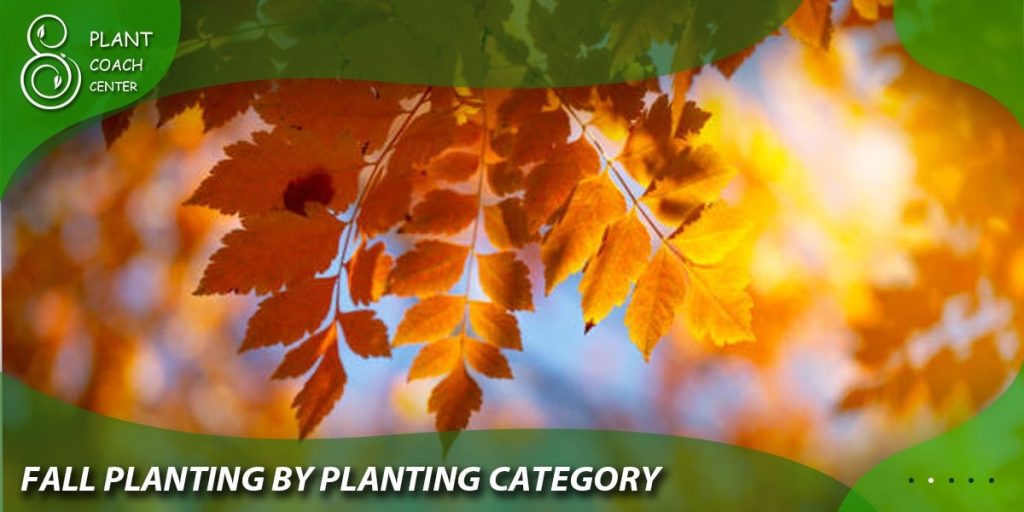
Fall Planting by Plant Category
Different categories of plants have specific requirements and considerations when it comes to fall planting. Understanding these categories and their unique needs will help you make informed decisions and achieve optimal results.
- Vegetables and Herbs
- Leafy Greens:
– Lettuce
– Spinach
– Kale
– Swiss chard
- Root Vegetables:
– Carrots
– Beets
– Radishes
– Turnips
- Brassicas:
– Broccoli
– Cauliflower
– Cabbage
– Brussels sprouts
- Alliums:
– Onions
– Garlic
– Shallots
– Leeks
- Herbs:
– Parsley
– Cilantro
– Dill
– Chives
- Flowers and Ornamentals
- Annuals:
– Pansies
– Violas
– Snapdragons
– Calendula
- Perennials:
– Chrysanthemums
– Sedums
– Rudbeckia
– Hellebores
- Bulbs and Tubers:
– Tulips
– Daffodils
– Crocuses
– Irises
- Fall-Flowering Plants:
– Asters
– Mums
– Goldenrod
– Ornamental grasses
Planting Techniques and Tips
Successful fall planting requires careful attention to planting techniques and maintenance practices. By implementing the following tips, you can ensure optimal growth and development of your fall crops.
Soil Preparation and Amendments
– Test the soil and adjust pH levels if necessary.
– Incorporate organic matter, such as compost or well-rotted manure, to improve soil fertility and structure.
– Ensure proper drainage by amending heavy clay soils.
Transplanting vs. Direct Seeding
– Determine whether it is more appropriate to transplant seedlings or directly sow seeds based on the specific crop requirements.
– Start seeds indoors or purchase healthy seedlings from reputable sources.
– Follow proper transplanting or direct seeding guidelines for each crop.
Watering and Irrigation Considerations
– Provide consistent moisture for newly planted seeds and transplants.
– Water deeply but avoid overwatering, as excess moisture can lead to rot and disease.
– Consider using drip irrigation or soaker hoses to deliver water directly to the root zone.
Mulching for Temperature Regulation
– Apply a layer of organic mulch, such as straw or shredded leaves, around plants to regulate soil temperature and conserve moisture.
– Mulch also helps suppress weed growth and protects plant roots from temperature fluctuations.
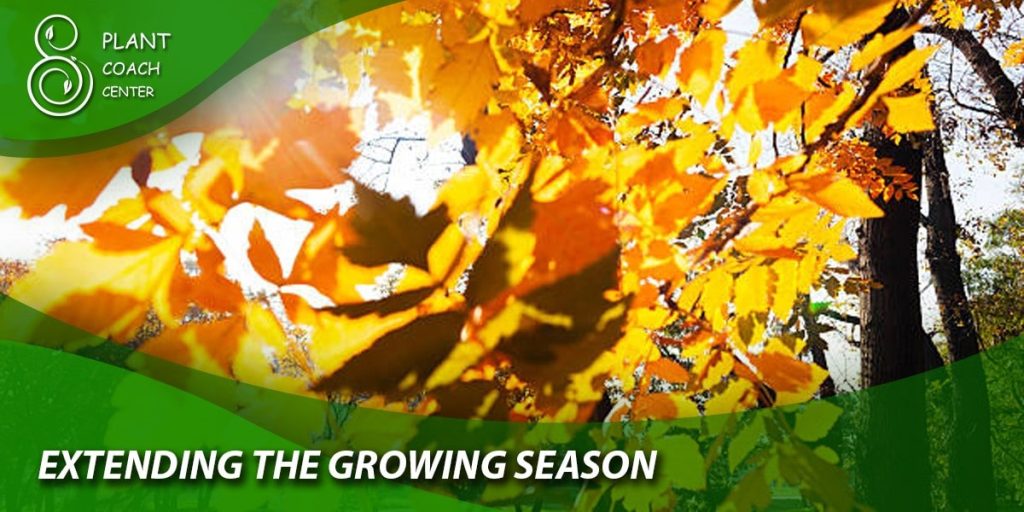
Extending the Growing Season
For gardeners looking to maximize their fall harvest or extend the growing season, various methods can be employed to create favorable conditions for plants.
Using Season Extension Methods
– Utilize season extension techniques such as cold frames, row covers, or high tunnels to protect plants from frost and extend the growing season.
– These structures provide additional insulation and shelter against harsh weather conditions.
Troubleshooting Common Plant Problems
Despite careful planning and preparation, gardeners may encounter challenges during the fall planting season. Being aware of common plant problems and knowing how to address them will help maintain a healthy garden.
Identifying and Treating Fall Pests and Diseases
– Learn to identify common pests and diseases that affect fall crops.
– Implement integrated pest management (IPM) strategies, including cultural, biological, and organic controls.
– Regularly inspect plants for signs of damage or infestation and take appropriate action promptly.
Dealing with Temperature Fluctuations
– Protect plants from sudden temperature drops by covering them with blankets, cloths, or frost protection fabrics.
– Watering plants thoroughly before expected freezes can provide some insulation.
Managing Soil Moisture in Fall
– Monitor soil moisture levels regularly, especially during periods of low rainfall.
– Adjust watering frequency and intensity based on the specific needs of each plant and the prevailing weather conditions.

Harvesting and Beyond
Knowing when to harvest your fall crops and properly storing and preserving the produce will ensure you can enjoy the fruits of your labor for an extended period.
Knowing When to Harvest Fall Crops
– Understand the maturity indicators for each crop, such as color, size, or texture.
– Harvest leafy greens and herbs before the first hard frost, as they are more susceptible to cold damage.
Storing and Preserving Fall Produce
– Clean and dry harvested produce before storage.
– Choose appropriate storage methods, such as refrigeration, canning, or freezing, based on the specific crop.
Preparing for Winter and Next Year’s Planting
– Clean and sanitize garden tools and equipment before storing them for the winter.
– Remove plant debris to reduce overwintering pests and diseases.
– Consider planting cover crops to improve soil health and prevent erosion during the winter months.
Conclusion
Fall planting provides a unique opportunity to extend the gardening season and reap a bountiful harvest. By understanding the science behind fall planting, preparing your garden adequately, selecting suitable plants, and implementing the right techniques, you can achieve gardening success in the autumn months.
Remember to consult [PlantCoachCenter.com] (https://www.plantcoachcenter.com) for further guidance and personalized support as you embark on your fall planting journey. Embrace the beauty and abundance that fall can bring to your garden with proper planning and care. Happy fall planting!
When should I plant in the fall?
Late summer to early fall.
What is the best time to plant in the fall?
It depends on the specific plant, but generally early to mid-fall.
Can I plant in late fall?
Yes, but it's best to do so before the first frost.
When should I avoid planting in the fall?
Late fall, close to the first frost or when the ground is frozen.


